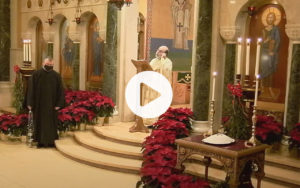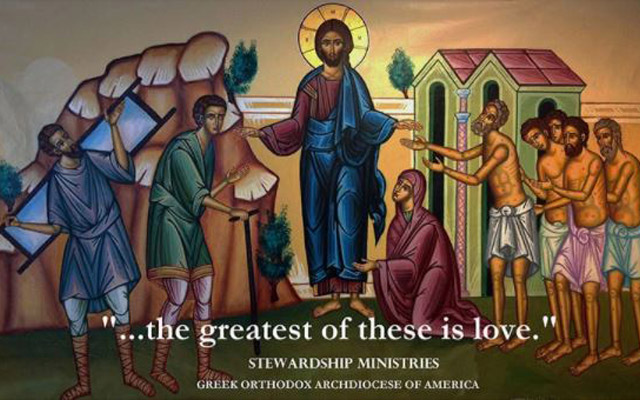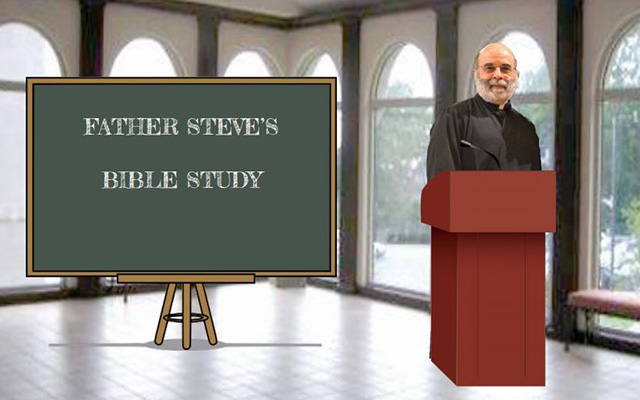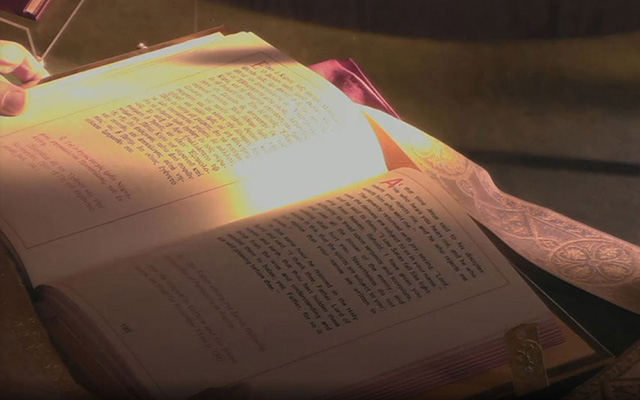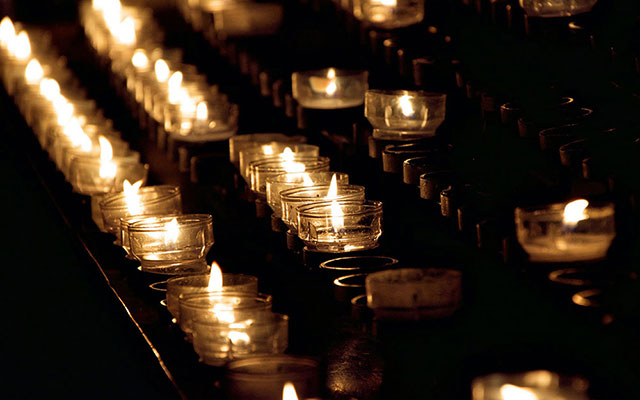Path of Descent: The Belly of the Whale
And so long as you do not know that to die is to become, you are just a wretched visitor on this dark earth. —Johann Wolfgang von Goethe [1] Jesus’ primary metaphor for the mystery of transformation is the sign of Jonah (Matthew 12:39, 16:4; Luke 11:29). As a Jew, Jesus knew the vivid story of Jonah, the prophet who ran away from God and yet was used by God in spite of himself. Jonah was swallowed by a


